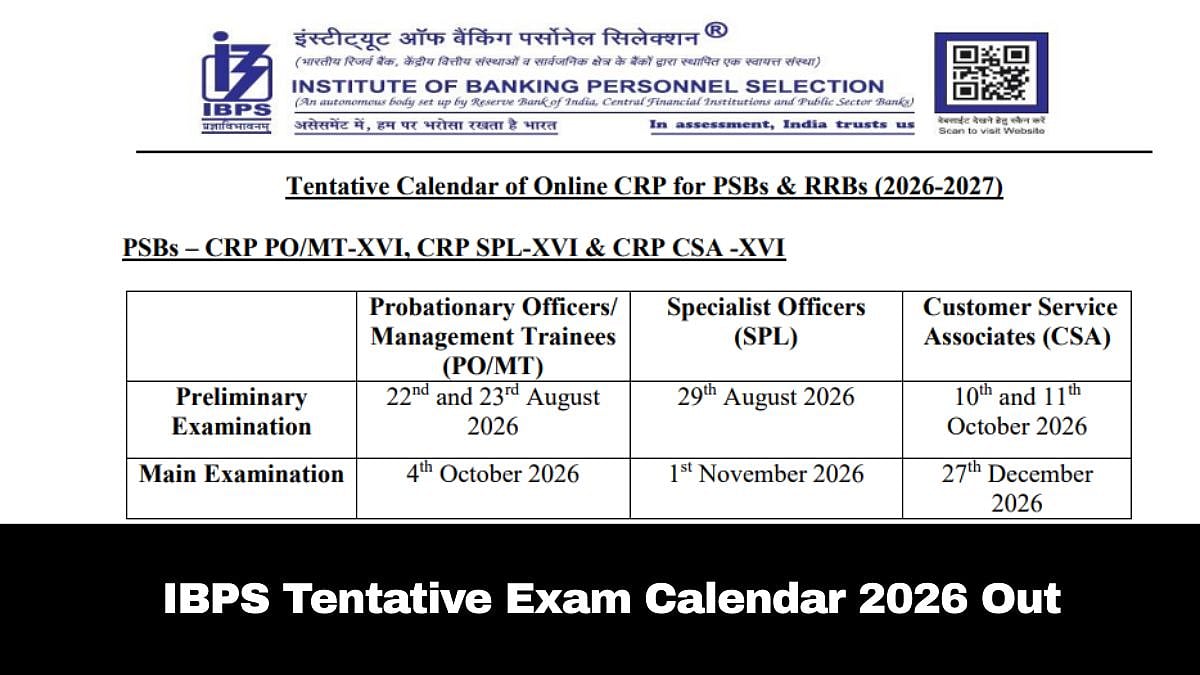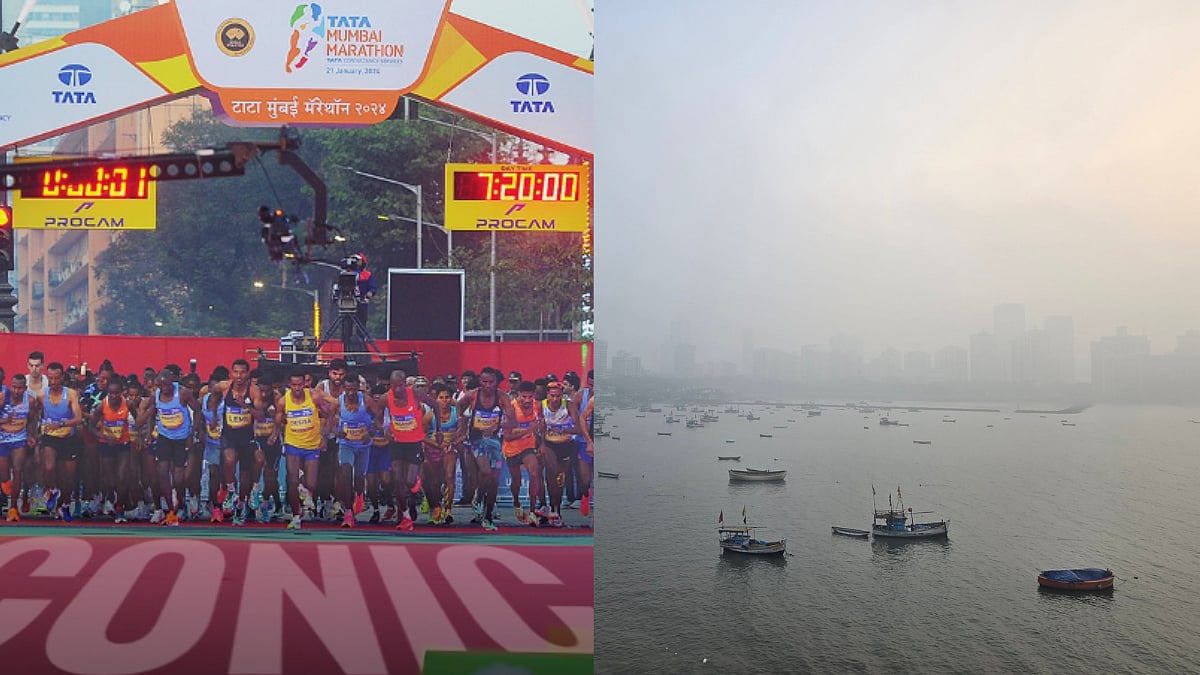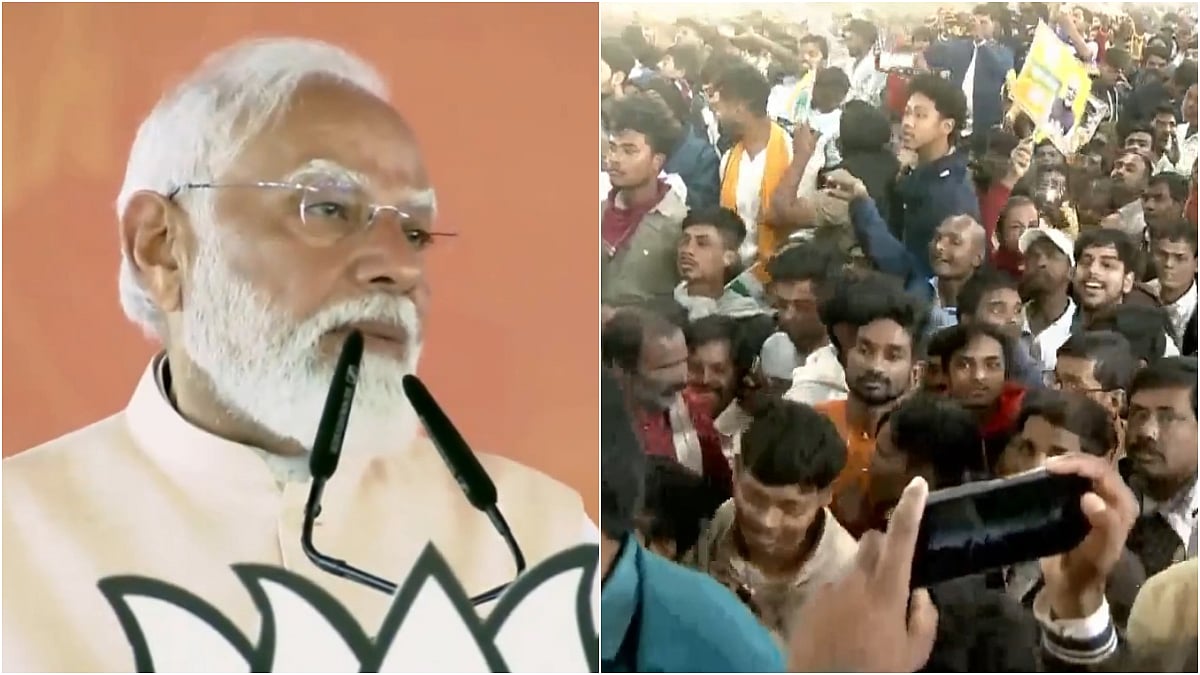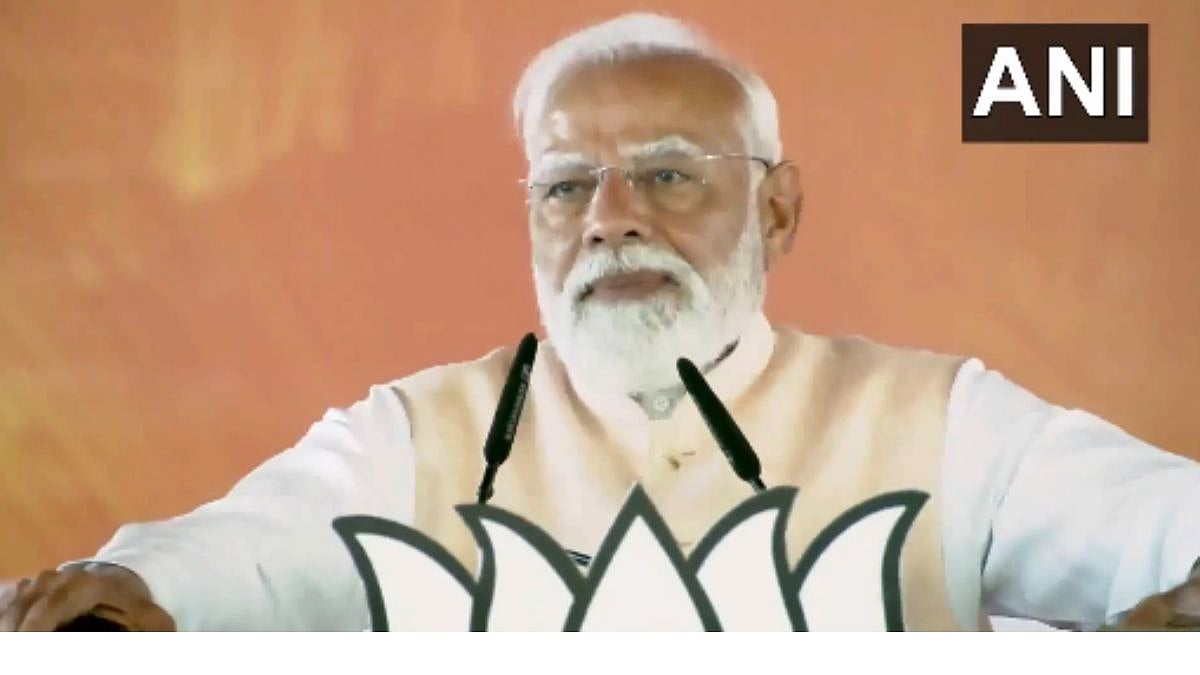Human beings are capable of great evil. Evil doesn’t have a grotesque face, resplendent in some Leviathan garb rising from the depths of hell. It walks beside us all the time, unremarkable in its banality.
The Hathras case is a reminder of one such evil.
The evil is not only in the incident where four Thakurs allegedly raped and brutally murdered a Dalit girl but also in the aftermath of the heinous crime which saw her body cremated in the dead of the night, seemingly without her family’s approval, with petrol and kerosene.
There’s also a video of a police officer allegedly telling the victim’s family that they should admit their mistake.
Despite claims to the contrary, family members reiterate they weren’t present during her hasty cremation.
Ironically, the family voted for the BJP in the last assembly elections, a ‘mistake’ they said they wouldn’t repeat.
The hastened cremation was alarming to say the least, more so, when the cops even refused to answer the reporter there, with one person saying that he was a ‘third class officer’ who couldn’t say more.
Even now, an attempt is underway to claim that the victim wasn’t raped.
As a realist, one has always believed that society is built on the mendacious edifice that we are all equal and are treated equally.
We might be equal de jure, but de facto, the modus vivendi of the world is quite different.
This belief was proven right not just in this cruel rape and murder incident, but the way we react when such an incident happens.
What makes – to borrow a phrase from the greatest chronicler of dystopia – some rapes, lynchings or suicides more equal than others?
While some have cried about the politicisation of rape, the truth is that rapes, lynchings or suicides get attention when they tick the right boxes.
Amartya Sen had laconically noted that the media existed only to serve the top 20% of society and that’s how it is with coverage of rape.
Nirbhaya got the oxygen of publicity because it happened in the national capital to a middle-class girl. The same goes for the Shakti Mills coverage. Or the Tarun Tejpal incident.
Why these and not others?
Go through NCRB data and you will find that there were 87 rapes per day in 2019, a 7% increase from 2018. While one might like to think that the BJP is more unsafe for women, the truth is that most parties pay simple lip service to women’s safety during campaigning.
Just to put it in context, if there were 87 rapes a day in India in 2019, since Uttar Pradesh constituted 16% of India, that’d be roughly 14 rapes a day in the state. And one has to take into context the fact that rapes mostly go unreported so the real numbers will be exponentially higher.
Even Mamata Banerjee, one of the most powerful female politicians in India, labelled the infamous Park Street rape case a ‘cooked up incident’. In fact, she’s so serious about bringing down crime in West Bengal that her state didn’t even submit its data on crimes for 2019 to the MHA.
When the victim is from a rural background or of limited means, other factors can often decide when the rape is deemed offensive enough.
Was it heinous enough?
Was it so brutal that channels can run tickers saying: ‘Shame on Humanity’ or ‘Bharat Ki Beti?’ or news anchors can do mime shows?
While journalists like to claim that TV news died recently with the Sushant Singh Rajput coverage, it died a long time ago.
Whether it was refusing to show cash-for-votes or blanking out the Radia tapes, self-professed watchmen have shown that being moral vacuums isn’t just the politician’s prerogative.
The only aspect that has changed is the theatrics.
Just like news channels, politicians also have a set of variables to gauge a lynching/rape/suicide which makes them go off Twitter and hit the streets to do their best Neymar Jr impressions.
The devil is in the details.
Depending on the channel covering it or the politician protesting, some of the mitigating factors include:
- Is it a BJP-ruled state? Or vice-versa.
- Can the rape be used as a narrative to say ‘Bhay Ka Mahaul’?
- Were the perpetrators or victims from a particular religion or caste?
In fact, the heinous Balrampur rape-murder, didn’t get the same traction because it didn’t tick the right perpetrator-victim-caste matrix.
It works both ways, as the case of the Tablighi Jamaat incident showed with the ridiculous corona jihad nonsense which was extrapolated to vilify the entire Muslim community as ‘super-spreaders’.
There is no denying the obvious caste-religion imbalances that result in heinous crimes such as rape, but if one were to do a back-of-the-envelope study of the nation’s top left-leaning ‘intellectuals’, one will find that a rape case will get the most vocal coverage when the victim is either Muslim or Dalit and the perpetrators are upper-caste Hindu.
The vice-versa will be true when the victim is Hindu, and the perpetrators are Muslim amongst the right-leaning crowd.
Vemula, a prescient scholar, touched by stardust had written: “I forgot to write the formalities. No one is responsible for this act of killing myself. No one has instigated me, whether by their acts or by their words to this act. This is my decision and I am the only one responsible for this.”
Yet, his death became a flinging match which led to unfunny comedians who barely even mentioned Rohith earlier, suddenly claiming they were haranguing news anchors aboard flights for him.
Given the news anchor’s coverage these days, it’s hard to argue that he didn’t deserve the treatment.
NCRB notes that there were 1.6 lakh suicides in India in 2016, but the one we remember remains Rohith Vemula which was painted as a caste atrocity. Few will recall Gajendra Singh who committed suicide during an AAP rally in Delhi, and those who do will mostly to do so because of Ashutosh’s tears on national TV.
The same occurred with lynching incidents, where some lynchings were considered more equal than others, while others still didn’t even register on hate trackers.
That’s why most of us would’ve heard of Mohammad Akhlaq but barely anyone remembers Vikas Yadav or Sanantan Deka.
The latter won’t prompt anyone to shoot off a flurry of op-eds in the WaPos and NYTs of the world because it doesn’t fit a narrative, and most of the op-ed writers come from one school of thought.
Pointing out the aforementioned doesn’t mean one is condoning lynchings. And any Union Minister who feels the need to garland one of the accused, or any state government that feels the need to give one of them a state burial needs to be censured quite seriously.
However, to understand the real nature of the discourse, one has to give up the naivety of the existence of ideologies and understand the real nature of this world which consists of groups entwined in a battle for power.
Coverage of rape or even caste violence is a reminder of the clear divisions that exist within our media or commentariat. There are no liberals or conservatives.
Take the Delhi riots. There were two completely different narratives.
Narrative 1:
In the first imagined reality, the Delhi Police allegedly picked up innocent Muslim youth and activists, thrashed protesting students who had a song on their lips and the Constitution in their hearts, tried to silence the Shaheen Bagh dadis who run on goodwill and biryani and smashed some CCTV cameras for good measure.
The aim was to queer the pitch ahead of the Delhi Elections 2020.
It was a pre-planned pogrom which was designed to show Muslims their place in society because that’s what Hindutva is only about.
Narrative 2:
In the second imagined reality, a Muslim mob masterminded by Tahir Husain, aided by ISI and other external actors and those who come from the ‘Break India’ gang, consisting of the nefarious designs of ISI, ‘urban Naxals’, China and Pinjra Tod, ran amuck, whose short-term goal is to embarrass Modi while Trump was in India and long-term is to establish a Commie-Sharia John Lennon utopia meant to subdue Hindus.
The truth is obviously oblivious to both these fictions.
That the Delhi Police did a shoddy-perhaps-even-malicious job or that there might be external forces at play with anti-CAA protests, and that BJP benefits from polarisation aren’t all mutually exclusive facts.
Yet, every time an incident gets the flame of publicity, we hear the same clamours.
Hang the accused.
Publicly castrate them.
Special capital punishment laws for the accused.
Fast-track courts.
Every rape suddenly brings out the perennially outraged who seem to think that they are the first one to think of such imbecilic ideas.
That the Hyderabad accused were shot dead in a fake encounter isn’t a cause celebre.
It just shows the lacunae of our current system that allowed the cops a way to be derelict in their duty.
If capital punishment did deter rape, it would have by now.
Common sense dictates that it usually incentivises the rapists to kill their victims.
The solution isn’t easy, and it will never be a knee jerk reaction every time a heinous crime gets its oxygen of publicity.
If we really want to solve the problem of crimes against women, we need to get past our kneejerk, hash-tag, candle-lit march flights of fancy which are great for RTs but seldom make a difference in the long run.
There needs to be an overall sensitisation among police forces.
There need to be honest conversations between people.
There needs to be true recognition of the caste-gender-religion imbalance that leads to sex crimes.
There needs to be a civil society which forces the government of the day – both state and Centre – to go beyond lip service.
There needs to be a radical overhaul of the entire judicial system. Or else we will just reset the clock every time a heinous crime happens before we go on the sidelines waiting for the next outrage.
Nirmalya Dutta is the Web Editor of The Free Press Journal. The views expressed are his own.








